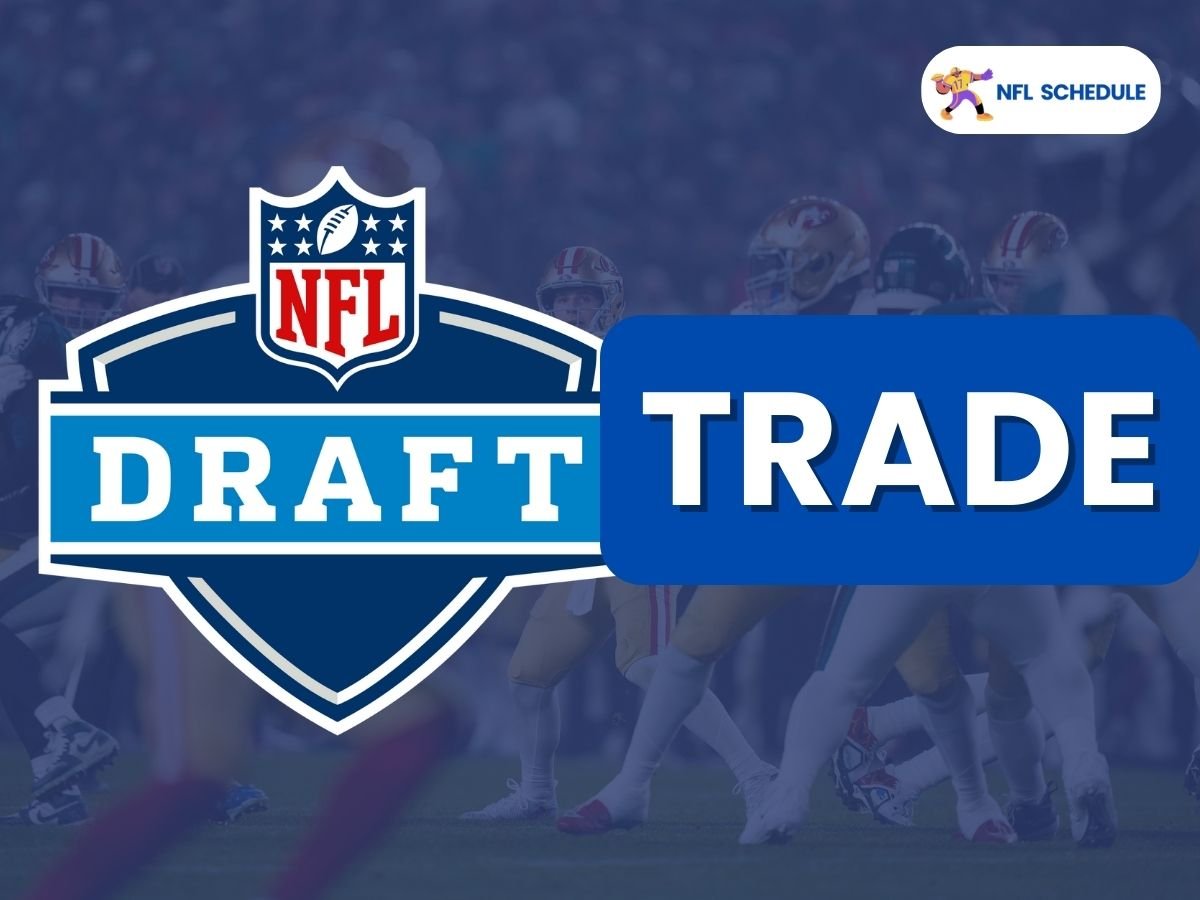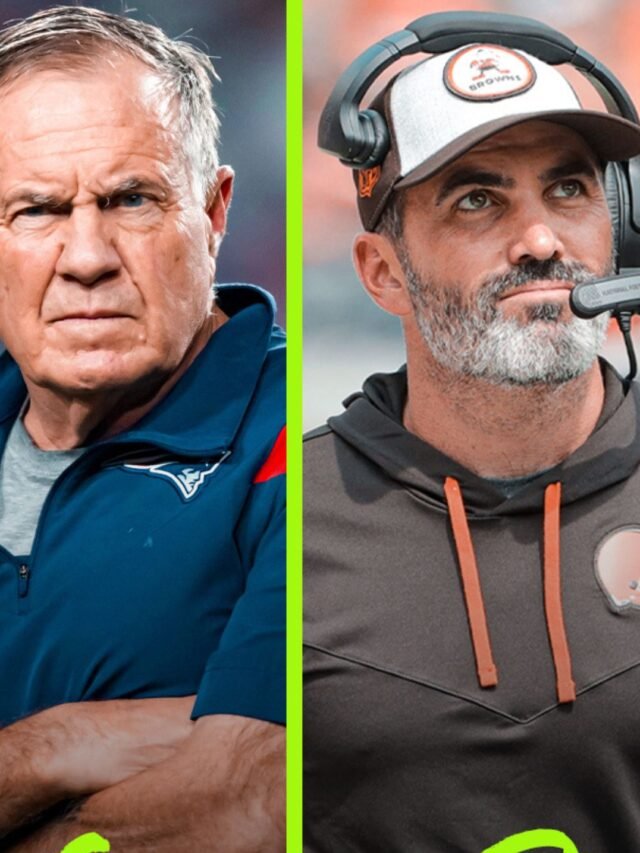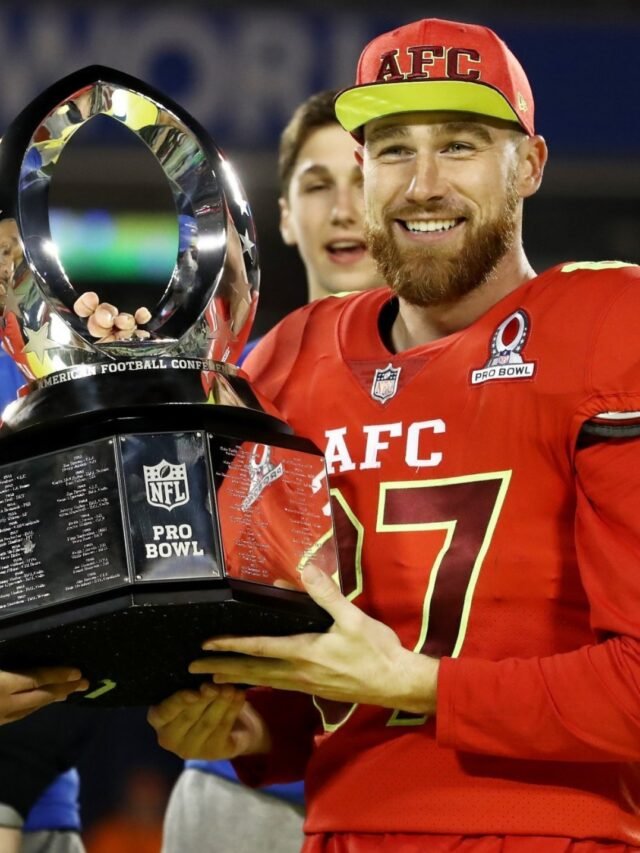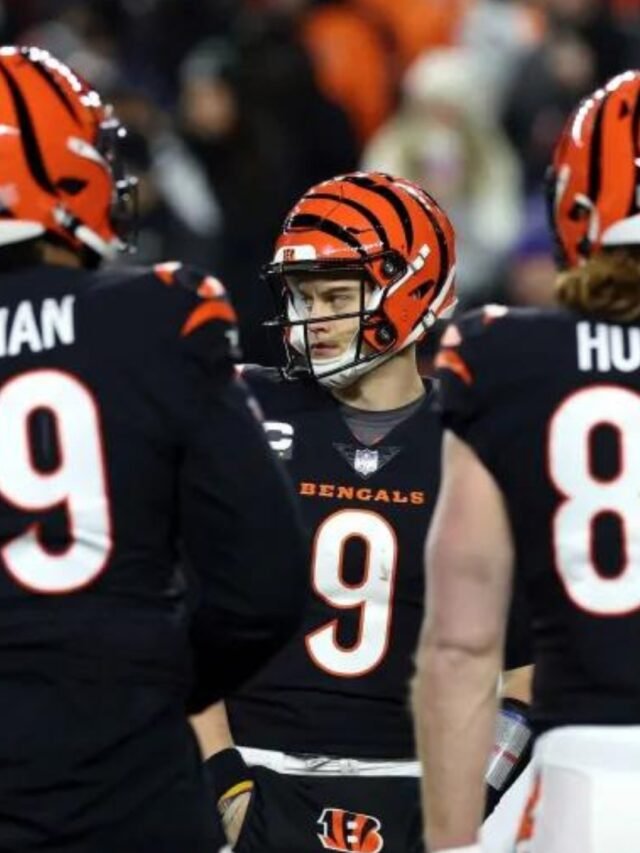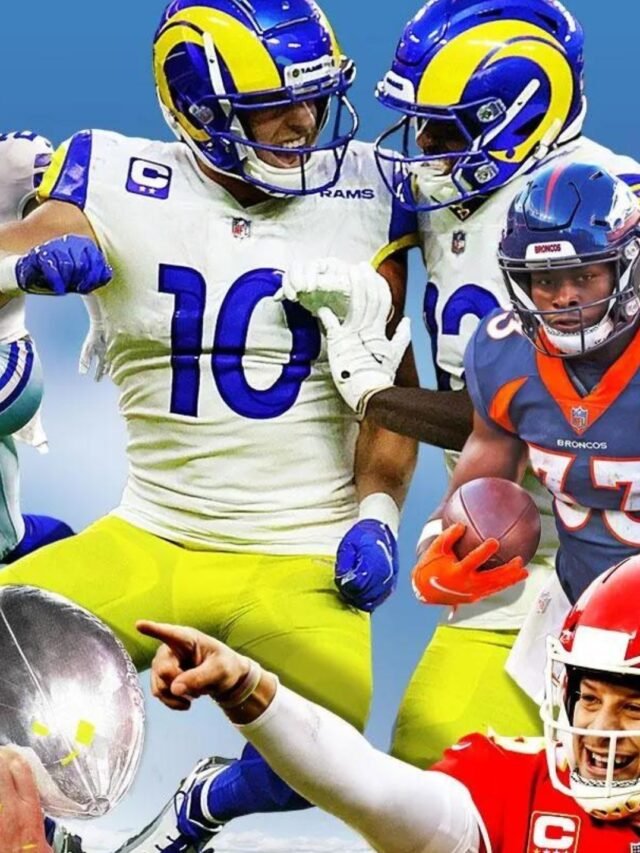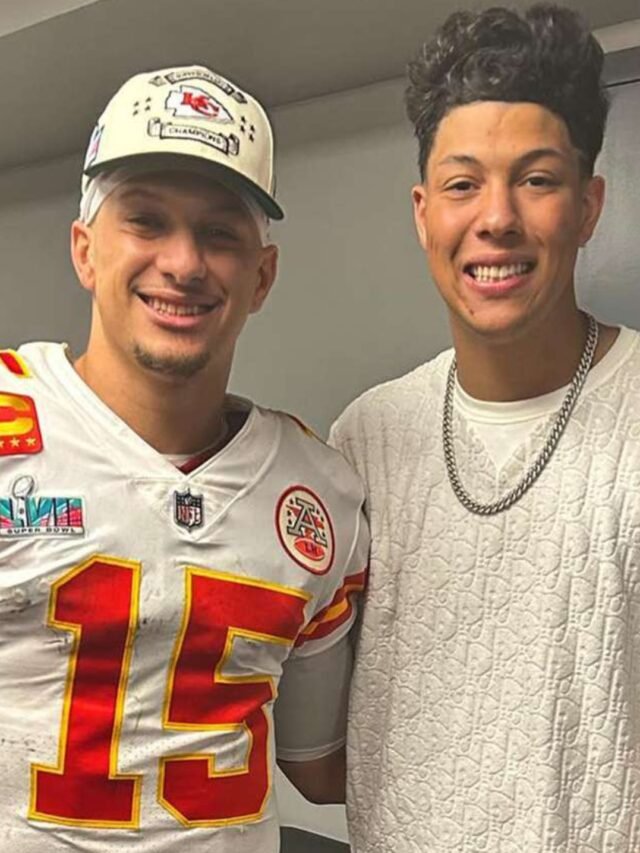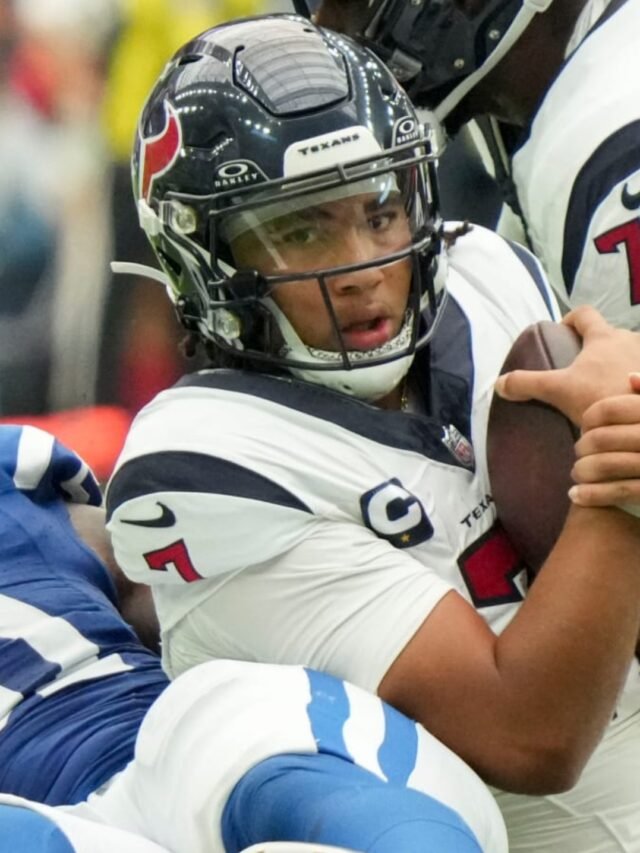The National Football League (NFL) is not just a showcase of athletic prowess but also a complex arena of strategic player management, where trading plays a crucial role. This article delves into the multifaceted world of NFL trades, focusing on the nuances that govern these transactions and the intriguing possibility of an NFL player being traded twice in a single season.
The Trade Deadline: A Critical Cutoff
The NFL trade deadline marks a pivotal point in the league’s season. It’s the final moment when teams can execute trades, significantly impacting their roster for the remainder of the season. As of the 2023 season, this deadline was set for 4 p.m. ET on Tuesday, October 31, entering Week 9. This deadline is not just a date on the calendar but a strategic checkpoint that can alter the course of a team’s season.
Record-Breaking Trades in 2022
In 2022, the NFL witnessed a record 11 trades involving 13 players on the deadline day. This flurry of activity underscores the increasing importance of the deadline in shaping teams’ strategies and playoff prospects.
The Collective Bargaining Agreement (CBA) and Trading
Central to understanding NFL trades is the Collective Bargaining Agreement (CBA) between the NFL and the Player’s Union (NFLPA). This agreement outlines the rules and structures that govern player contracts and trades.
Three Tiers of Trading
- NFL Draft: Post-draft, a drafted player can only negotiate with the team that drafted him, unless he chooses not to play for a season.
- Restricted Free Agents: After three seasons, players gain limited rights to negotiate with other teams, with their current team holding the right of first refusal.
- Free Agents: Players with four years in the league become free agents, free to negotiate with any team when not under contract.
NFL Draft and Trading Dynamics
The period following the NFL Draft is critical in shaping a team’s roster. Teams must navigate complex rules regarding drafted rookies. For instance, if a drafted rookie hasn’t signed a contract 30 days before the season’s first game, the drafting team faces restrictions in trading the player.
Case Study: Bo Jackson’s Draft Dilemma
Bo Jackson’s situation post-1986 draft exemplifies the complexities of post-draft negotiations. Drafted by the Tampa Bay Buccaneers, Jackson chose to play baseball instead, highlighting the player’s leverage in certain situations.
Restricted Free Agents: Balancing Negotiation and Control
Once a player completes three full seasons, they become a “Restricted Free Agent,” allowing them some degree of freedom in negotiations, yet still providing their current team with significant control over their future.
Right of First Refusal
This concept is crucial in restricted free agency, where the current team can match any offer sheet the player signs with another team.
Free Agents and the Franchise Tag
After four years, players achieve a greater degree of freedom as free agents. However, teams can still exercise considerable control through the “franchise tag,” which binds a player to the team for an additional year under specific financial terms.
The Franchise Tag in Action
The franchise tag ensures that teams can retain key players, often at a premium cost, but it also impacts the player’s ability to seek opportunities elsewhere.
Trading Between Teams: Mechanics and Motivations
NFL teams have considerable freedom to trade players under contract, but various factors influence these decisions. These include team strategy, player performance, and financial considerations.
Types of Trade Assets
- Draft Picks: Future prospects that can shape a team’s long-term strategy.
- Players: Immediate talent exchange to strengthen specific positions.
- Groups of Players: Complex trades involving multiple players, often for strategic realignment.
The NFL Trade Deadline: A Strategic Turning Point
The NFL trade deadline, a pivotal moment in the league’s calendar, is a hotbed of activity where teams make crucial decisions that can define their season.
The 2022 Trade Deadline: A Record-Breaking Year
- Record Trades: In 2022, the NFL witnessed 11 trades involving 13 players on the deadline day, a record in the league’s history.
- Strategic Implications: These trades had significant implications for the playoff race, showcasing the deadline’s strategic importance.
Trends and Analysis
- Increasing Activity: Recent years have seen a steady increase in trade activity at the deadline, indicating a shift in team strategies.
- Impactful Trades: Trades often involve key players who can alter a team’s trajectory, such as quarterbacks or star receivers.
Read: Can a Player Skip the NFL Draft? Everything You Need to Know
Post-Deadline Player Acquisitions: The Waiver Wire
After the trade deadline, teams turn to the waiver wire to strengthen their rosters. This system plays a crucial role in how teams acquire players mid-season.
Understanding the Waiver Wire
- Function: It allows teams to claim players waived by other teams, with priority given based on the claiming team’s record.
- Strategic Use: Teams often use the waiver wire to address injuries or weaknesses exposed during the season.
Player Empowerment: The Role of No-Trade Clauses
No-trade clauses provide players with a measure of control over their careers, allowing them to veto trades under certain conditions.
High-Profile Examples
- Carson Palmer: His trade to the Oakland Raiders in 2011 is a notable example where a player’s career trajectory changed significantly due to a trade.
- Chris Chambers: His move to the San Diego Chargers in 2007 highlights how trades can impact both the player and the receiving team.
Resumption of Trading: Preparing for the New League Year
The end of the trade deadline is not the end of player movement. Trading resumes with the new league year, opening up new opportunities for teams.
Strategic Considerations
- Roster Planning: The resumption of trading allows teams to plan for the upcoming season, balancing salary cap considerations and team needs.
- Free Agency Impact: The start of free agency coincides with the resumption of trading, providing teams with multiple avenues to improve their rosters.
Analyzing Trends in NFL Trade Deadline Activity
The increase in trade activity at the deadline reflects changing strategies among NFL teams, with a focus on immediate improvement and long-term planning.
Factors Influencing Trade Decisions
- Salary Cap Management: Teams often trade players to adjust their salary cap situation, either to create space or to offload expensive contracts.
- Injury Replacements: Teams facing key injuries may use trades to quickly fill gaps in their roster.
- Playoff Push: Contenders often make trades to bolster their roster for a postseason run.
Notable NFL Players Traded on Deadline Day
Several players have made headlines with their deadline-day trades, each bringing a unique impact to their new teams.
Impactful Trades
- Chase Claypool: His 2022 trade to the Chicago Bears is a recent example of a team adding a young, talented receiver to boost their offense.
- T.J. Hockenson: The tight end’s move to the Minnesota Vikings in 2022 provided them with a new offensive weapon.
- Bradley Chubb: The linebacker’s 2022 trade to the Miami Dolphins is an example of a team strengthening its defense for a playoff push.
Understanding the Rarity of Double Trades
The concept of a player being traded twice in one NFL season is not just rare; it’s a scenario that seldom occurs due to several factors:
Contractual and Logistical Challenges
- Contract Complexity: Players’ contracts in the NFL are often complex and may include clauses that can complicate or restrict multiple trades.
- Team Chemistry: Integrating a player into a team’s system takes time, making it less likely for teams to trade a newly acquired player again in the same season.
Historical Precedents
- While specific data on double trades within a single season is scarce, historical trends in the NFL suggest that such events are exceedingly uncommon.
Analyzing the Potential Impact of Double Trades
In the hypothetical scenario where a player is traded twice in a season, several implications arise:
Impact on the Player
- Adaptation Challenges: Constantly changing teams can be challenging for players, affecting their performance and mental well-being.
- Market Value: Being traded multiple times could either increase a player’s perceived value as a sought-after asset or raise concerns about why they are frequently moved.
Impact on the Teams
- Strategic Flexibility: For teams, trading the same player twice could be a strategic move to address changing needs or capitalize on market opportunities.
- Financial Implications: Salary cap considerations and contract terms play a significant role in the feasibility of such trades.
Theoretical Scenarios for Double Trades
While rare, certain conditions could make a double trade plausible:
Scenario Analysis
- Rebuilding Teams: A team in a rebuilding phase might acquire a player for assets and then trade them again for more long-term benefits.
- Contending Teams: A contender might acquire a player for a playoff push and then move them again to address other needs or manage salary cap space.
Read: Can NFL Players Bet on Other Sports? The Complete Answer

